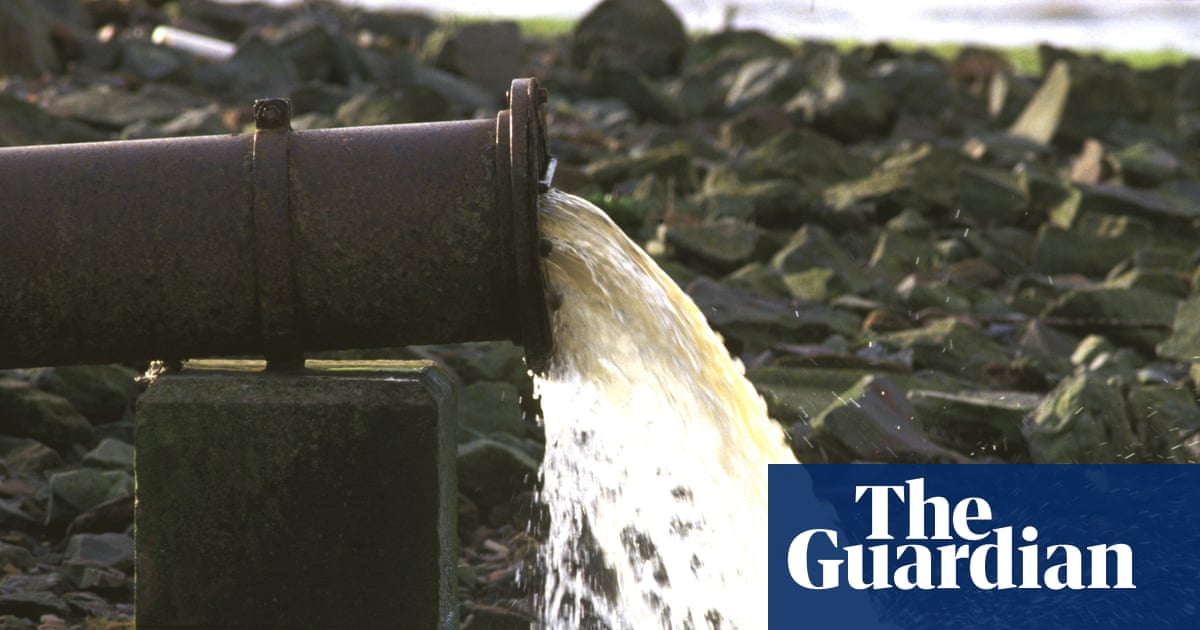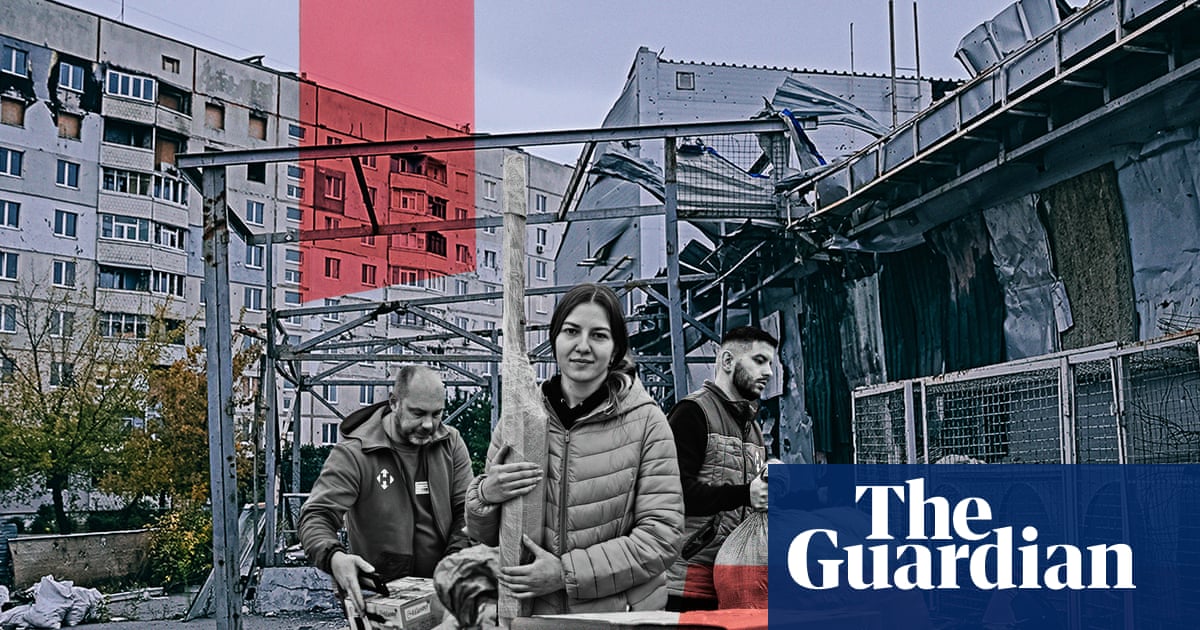These days, revellers converge on the West Country from all parts of the UK and beyond to take part in the wonderful craziness of the Glastonbury festival.
It turns out that at the end of the bronze age – also a time of climatic and economic crisis – the same sort of impulse gripped people.
Experts have been examining animal bones excavated at middens (large prehistoric rubbish tips) in Wiltshire and the Thames Valley and found evidence suggesting that more than 2,000 years ago, people travelled from far and wide to congregate for great meat feasts.
They have discovered evidence that bronze age people were habitually driving large numbers of pigs and cattle hundreds of miles to the same sites for decades.

Richard Madgwick, who is based at Cardiff University’s school of history, archaeology and religion, said the findings pointed to an “age of feasting”.
“At a time of climatic and economic instability, people in southern Britain turned to feasting,” he said.
Madgwick said the events were probably ways of building and consolidating relationships within and between communities. “I’m pretty sure these gatherings would have had a really important role to play in creating some degree of community cohesion at a time of trouble.”
Just as modern festivals have different vibes and appeal to varied audiences, the discoveries at the middens suggest the feasting spots had individual characteristics.
The largest that was examined, at Potterne, near Devizes in Wiltshire, is packed with feasting remains, including up to 15m bone fragments.
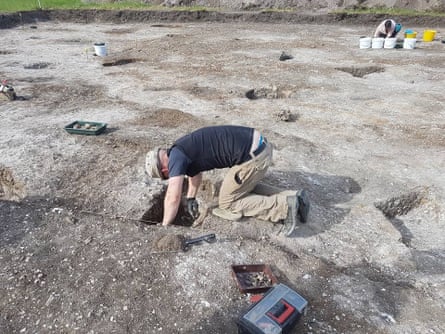
There, pork was the meat of choice, with pigs brought in from a wide catchment area including Wales, Cornwall and Devon and central northern or north-west England.
Further east, Runnymede in Surrey was another significant gathering point but the people there appear to have been favouring beef, with cattle arriving in large numbers from Wales and Cornwall/Devon.
At East Chisenbury, about 10 miles from Stonehenge, the number of sheep remains suggest mutton may have been the meat of choice and the research shows the majority of the animals came from the immediate surroundings.
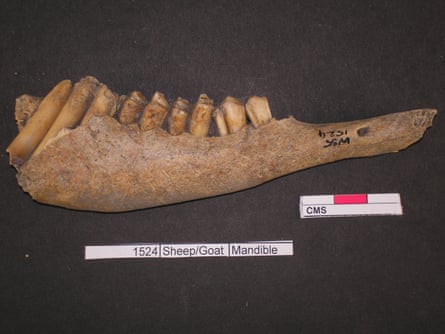
It was a difficult time when the climate was getting wetter and the status of bronze appears to have been being downgraded.
Madgwick said the Potterne and Runnymede people may have been reacting to this by organising large gatherings, welcoming in outsiders, while those living in East Chisenbury seemed more determined to keep things local and make the most of what they had there. “Each little community is reacting to this time of instability differently,” he said.
For the study, the scientists used multi-isotope analysis, a rapidly developing method in archaeology. Each geographical area has a different chemical make-up and this permeates into the water and food grown there. As animals eat and drink, these regional markers remain locked in their bones, allowing researchers to trace where they were reared centuries later.
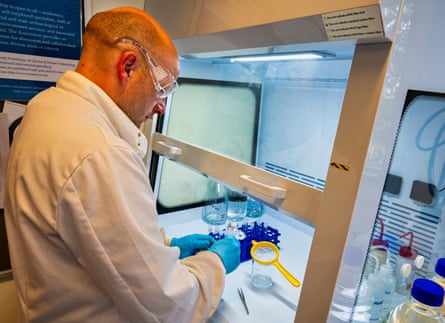
Madgwick said the middens were huge and the volume of material there staggering. “We’re talking about millions and millions of bone fragments, potentially hundreds of thousands of animals.”
-
The paper describing the work is called Diverse feasting networks at the end of the Bronze Age in Britain (c. 900-500 BCE) evidenced by multi-isotope analysis and is published in the journal iScience.

 2 months ago
43
2 months ago
43
















